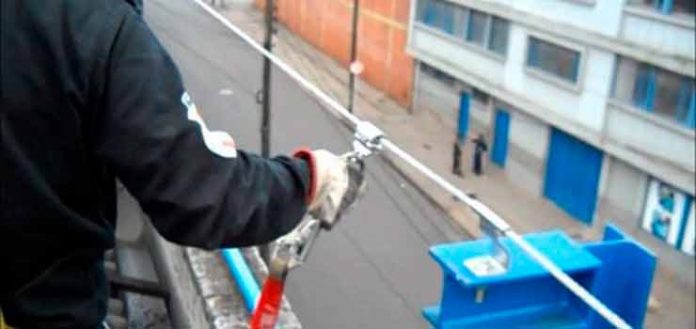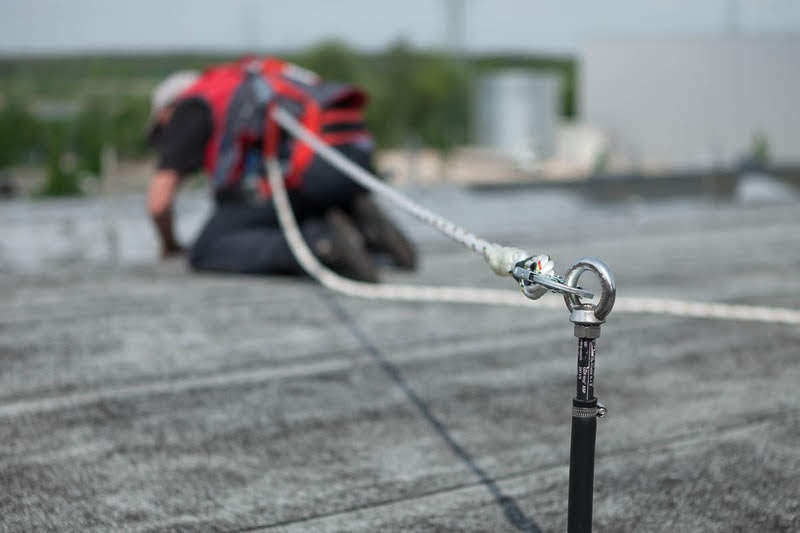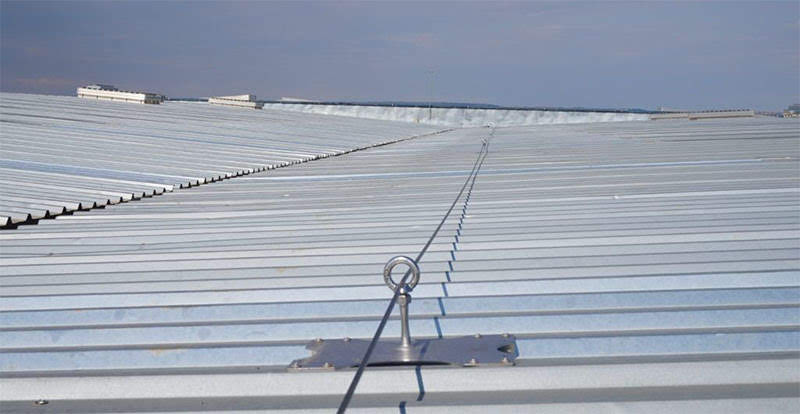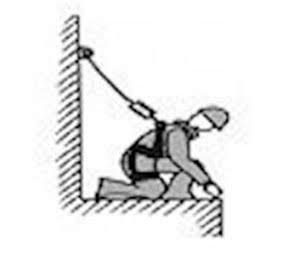
At BricoBlog we are very fond of DIY, but not at any price. There are many projects, especially exterior ones, in which our lives can be seriously endangered if certain security measures are not taken into account.
For this reason, this is not the first article that we dedicate to DIY safety. Previously, we had published the article DIY safety measures which included the most basic safety rules for the use of DIY tools and machines. Today we want to collect other much more complex security systems, not only for the DIY sector, but also for building renovations, construction and related activities, such as the installation and repair of antennas, air conditioning equipment, solar panels, waterproofing of roofs, cleaning or painting of facades,…

Fall arrest systems for work on roofs
As I said, when you are a fan of advanced DIY, there are projects at heights that require the same safety measures that are used by professionals. As an example of this type of work, we can mention the repair of gutters, roof cleaning, painting or repair of some element of facades, etc.
In these cases, it is essential, among other things, to use an approved safety harness. However, the harness has to be anchored to solid fall arrest systems, also called lifelines.
What is a lifeline and when is it necessary?
life lines are fall arrest systems that work correctly safety in vertical work carried out by the user, whether professional or amateur, connected to them by means of personal protective equipment (EPIS).

Fall arrest systems, lifelines
Therefore, it is a protection system that enables transit, permanence or work in areas where there is a high risk of falls from.
Spanish legislation determines that the height from which it is necessary to use protective equipment is greater than 2 meters.
Likewise, it establishes different types of lines and anchorages as well as the minimum resistance that these systems must have in order to pass the homologation criteria.
Types of life lines
.
Type A1
They are the anchoring devices that are designed to be fixed on both vertical and horizontal, as well as inclined.
.
.
.
Type A2
Within this type are the structural anchors to be fixed on sloping roofs.
.
.
Type B
Provisional and transportable anchor devices.
.
Type-C
They are the horizontal flexible anchor lines.
.
.
Type D
They are the horizontal rigid anchor rails.
How is the installation of one of these fall arrest systems?
For clarity, below is a short video of an installation of life lines in the Malaga Metro.
Who installs the fall arrest systems?
As we have already said, when working at height we have a lot at stake. We risk our lives. Therefore, we cannot put it in the hands of just anyone.
There are companies specialized in carrying out this type of installation, with a long history and experience, and that carry it out with approved systems and complying with the requirements of current regulations.
Therefore, in the installation of fall arrest systems, we must put quality assurance before other secondary aspects.



